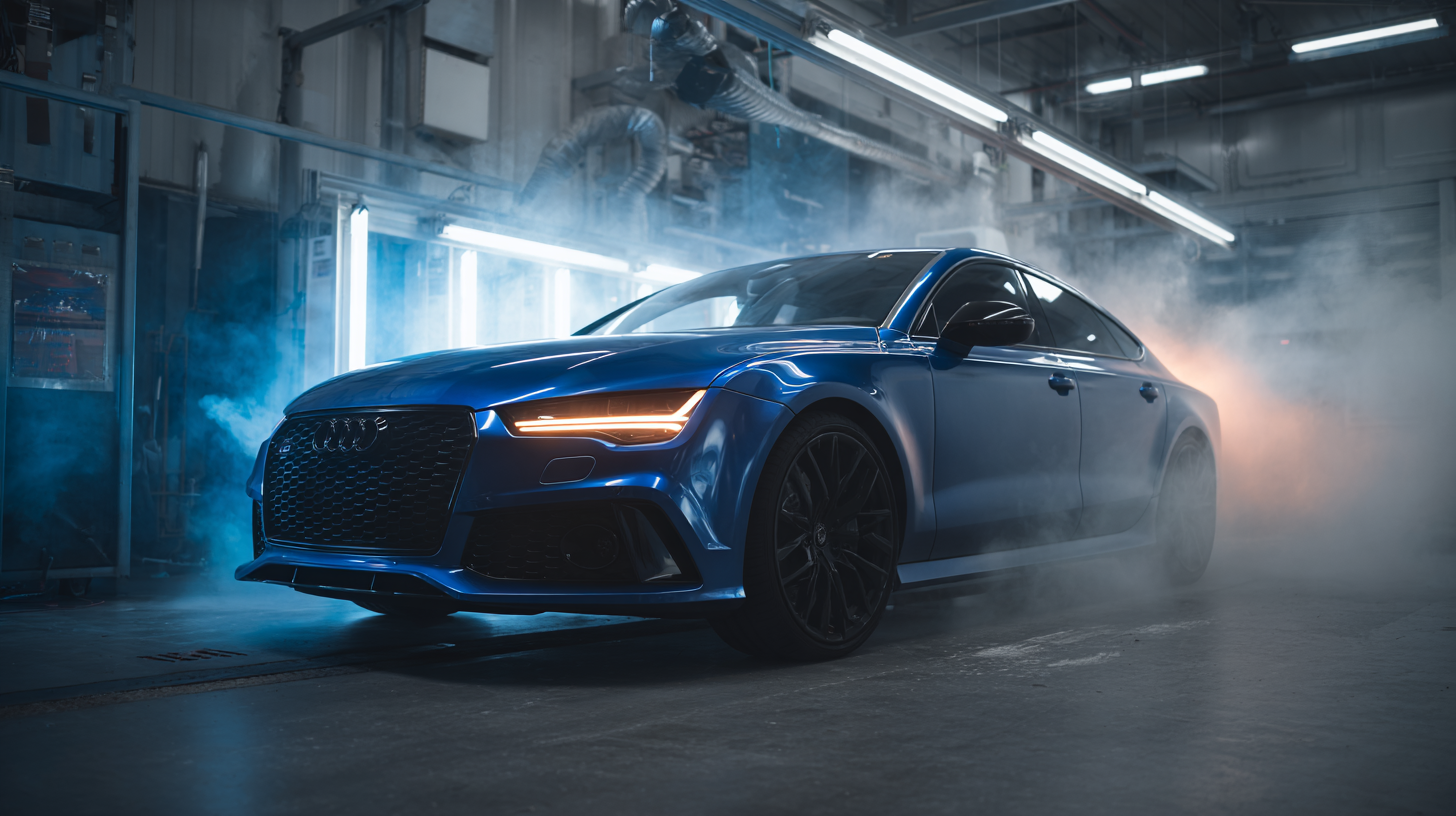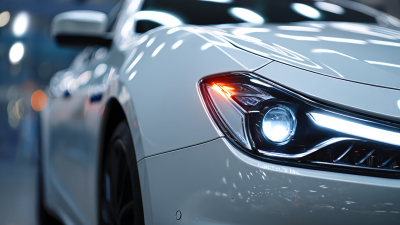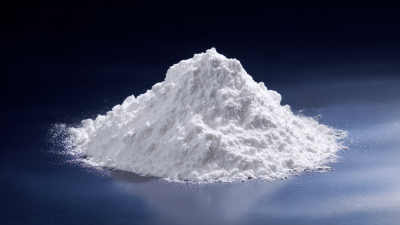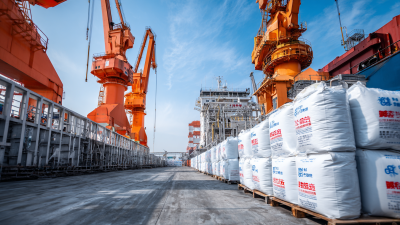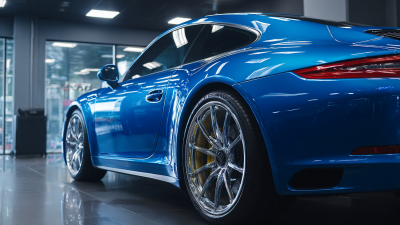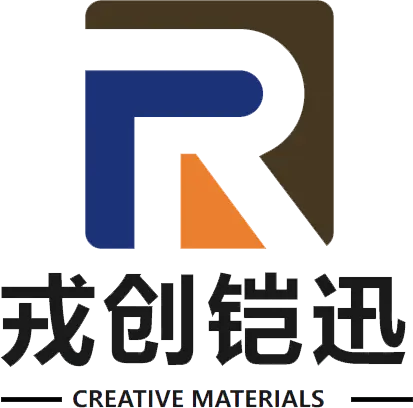In the manufacturing and automotive industries, the durability and longevity of materials play a crucial role in performance and cost-efficiency. One innovative solution gaining traction is Ceramic Coating on Steel, which significantly enhances corrosion resistance, wear resistance, and thermal stability. According to a report by MarketsandMarkets, the global ceramic coating market is projected to reach USD 18.5 billion by 2025, growing at a CAGR of 6.8% from 2020 due to the increasing demand for advanced materials in various sectors. The application of ceramic coatings not only extends the life of steel surfaces but also maintains aesthetic qualities, making it an attractive option for industries looking to optimize their operations. With its ability to withstand harsh environments and reduce friction, Ceramic Coating on Steel is poised to revolutionize material applications, contributing to sustainability and cost savings in the long term.
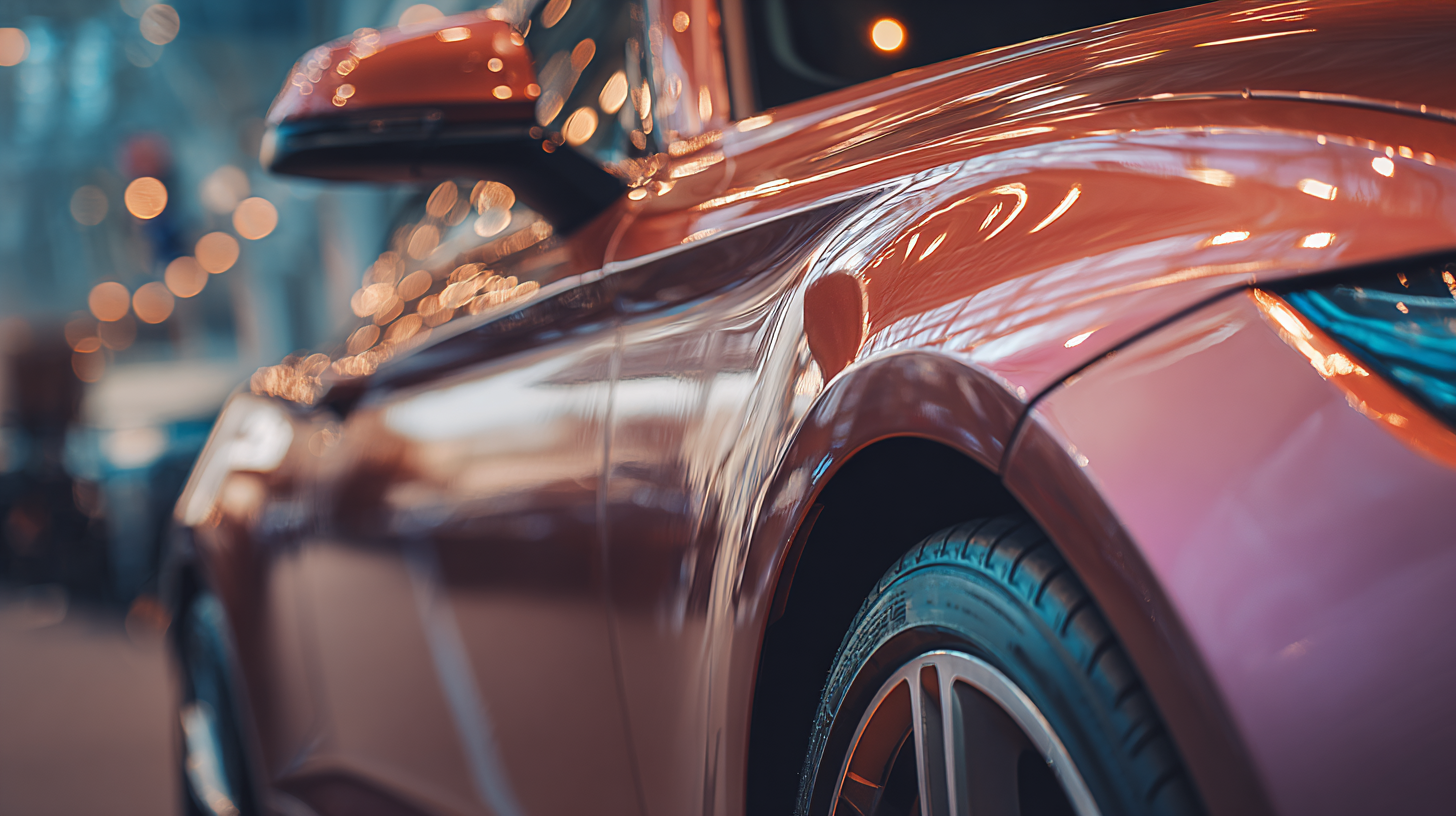
Ceramic coating has emerged as a revolutionary solution to enhance the longevity of steel surfaces, particularly in industrial and commercial applications. The unique composition of ceramic materials provides superior resistance to corrosion, abrasion, and high temperatures. According to a recent industry report from MarketsandMarkets, the global ceramic coatings market is projected to reach USD 19.9 billion by 2027, growing at a CAGR of 7.2%. This growth highlights the increasing recognition of ceramic coatings for their ability to significantly extend the lifespan of steel products.
The science behind ceramic coating lies in its unique microstructure, which not only forms a protective barrier but also improves surface hardness. A study published in the Journal of Coatings Technology and Research indicates that ceramic-coated steel surfaces can achieve up to 20 times the wear resistance compared to untreated steel. This enhancement allows industries to reduce maintenance costs and downtime, resulting in improved productivity and efficiency.
Tips: To maximize the benefits of ceramic coatings, ensure proper surface preparation before application. Cleaning and pre-treating steel surfaces can enhance adhesion, resulting in a more durable finish. Additionally, consider periodic inspections and maintenance of coated surfaces to address any wear and tear, ensuring optimal performance throughout their extended lifespan.
Ceramic coating has emerged as a revolutionary solution for protecting steel surfaces, primarily due to its exceptional resistance to corrosion and wear. When applied, this innovative coating forms a formidable barrier that shields steel from harsh environmental factors, including moisture, salt, and chemicals, which are notorious for promoting rusting and degradation. The molecular structure of ceramic provides an impermeable layer that prevents the permeation of corrosive agents, thereby significantly extending the lifespan of steel components in various applications, from automotive to marine industries.
Furthermore, the wear resistance of ceramic coatings is another compelling advantage. Steel surfaces often face mechanical abrasion and friction, which can lead to significant wear over time. The hardness of ceramic coatings creates a durable surface that is much less prone to scratching or deterioration compared to uncoated steel. This not only preserves the aesthetic and functional qualities of the metal but also reduces maintenance costs associated with repairs and replacements. Overall, the integration of ceramic coating on steel surfaces amplifies durability, ensuring that vital components remain intact and effective for longer periods.
Ceramic coatings have emerged as a revolutionary solution for enhancing the lifespan of steel surfaces, with statistical insights revealing that these coatings can increase durability by over 50%. This remarkable statistic highlights the significant impact that ceramic technology can have on steel, which is commonly used in various industries, including construction, automotive, and manufacturing. By forming a protective layer that is resistant to wear, corrosion, and high temperatures, ceramic coatings provide steel surfaces with enhanced performance and longevity.
The application of ceramic coatings not only protects against environmental factors but also reduces maintenance costs and downtime associated with steel repairs or replacements. Industries that invest in ceramic-coated steel components benefit from increased operational efficiency and reduced lifecycle costs. As companies prioritize reliability and sustainability, the integration of ceramic coatings in steel manufacturing processes presents a compelling case for enhancing material longevity, ultimately leading to improved productivity and profitability.
| Application Area | Before Ceramic Coating (Average Lifespan in Years) | After Ceramic Coating (Average Lifespan in Years) | Increase in Lifespan (%) |
|---|---|---|---|
| Industrial Machinery | 10 | 16 | 60% |
| Construction Equipment | 8 | 13 | 62.5% |
| Automotive Components | 5 | 9 | 80% |
| Marine Equipment | 6 | 11 | 83.3% |
| Oil & Gas Equipment | 7 | 12 | 71.4% |
Ceramic coating on steel surfaces offers significant benefits, particularly in terms of thermal resistance. In environments subjected to extreme temperatures, conventional coatings may degrade or fail, leading to premature wear and failure of the underlying material. However, ceramic coatings are engineered to withstand intense heat and thermal shock, maintaining their integrity even under harsh conditions. This unique characteristic not only extends the life of steel components but also reduces maintenance costs and downtime, making it an ideal solution for industries such as aerospace, automotive, and manufacturing.
Moreover, the thermal resistance of ceramic coatings enhances performance by providing a barrier that reflects heat. This property can help protect critical components from overheating, thus ensuring they operate efficiently for longer periods. The ability of ceramic coatings to dissipate heat also contributes to improved overall system reliability. As industries continue to face demanding operational environments, the adoption of ceramic coating technology emerges as a pivotal strategy for achieving longevity and resilience in steel surfaces.
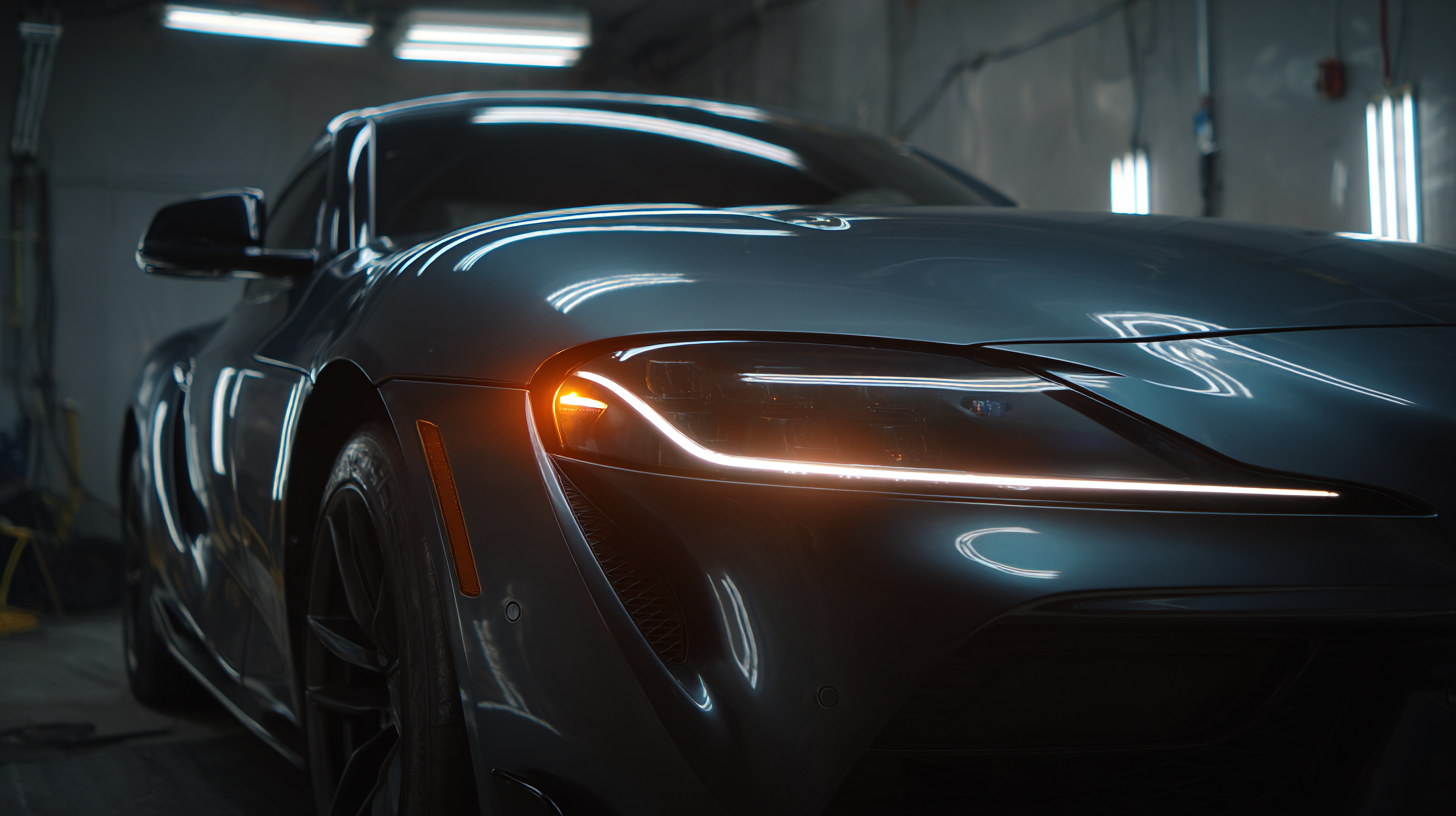
Investing in ceramic coatings for industrial applications can lead to significant long-term savings. While the initial cost might appear higher than traditional protective methods, the durability and longevity of ceramic coatings can offset these expenses. These coatings provide exceptional resistance to corrosion, wear, and thermal shock, ensuring that steel surfaces maintain their integrity over extended periods. With less frequent need for replacements or repairs, businesses can achieve a more favorable return on investment.
Moreover, the operational efficiency that comes from using ceramic coatings cannot be overlooked. By reducing friction and enhancing performance, these coatings contribute to lower energy consumption and maintenance costs. Industries that rely on heavy machinery and equipment stand to benefit immensely, as the added protection lowers the risk of unexpected downtime caused by surface degradation. Ultimately, the cost-benefit analysis strongly supports the adoption of ceramic coatings, illustrating that the upfront investment can yield substantial savings and improved functionality in the long run.
